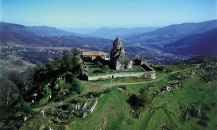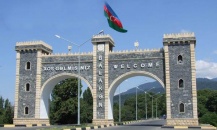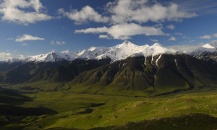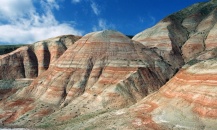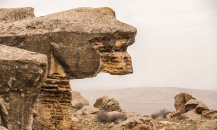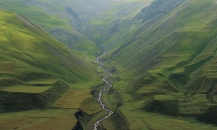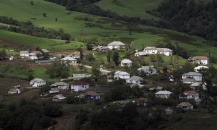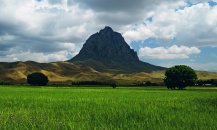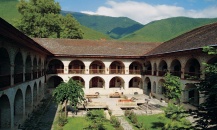
We've been setting this exhibition up for nearly two years. I believe that its language – the language of Art – eloquently conveys the great accomplishments our country has made in all spheres of achievement.

-
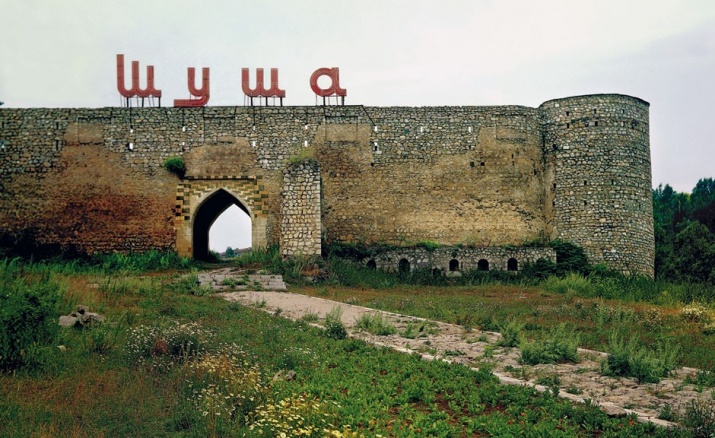
Shusha Tower The fortress walls surrounding Susha, city in Azerbaijan (XVIII century)
Shusha
Located in the south-west of Azerbaijan, the region of Upper Garabagh comprises the following administrative districts: Aghdam, Fuzuli, Jabrayil, Khojaly, Khojavand, Shusha, Terter and the town of Khankendi. At the moment Khojavand, Khojaly, Shusha and Jabrayil Districts, as well as Khankendi town are completely occupied by the Republic of Armenia, whereas the territories of Aghdam, Fuzuli and Terter Districts are under partial occupation.
More -
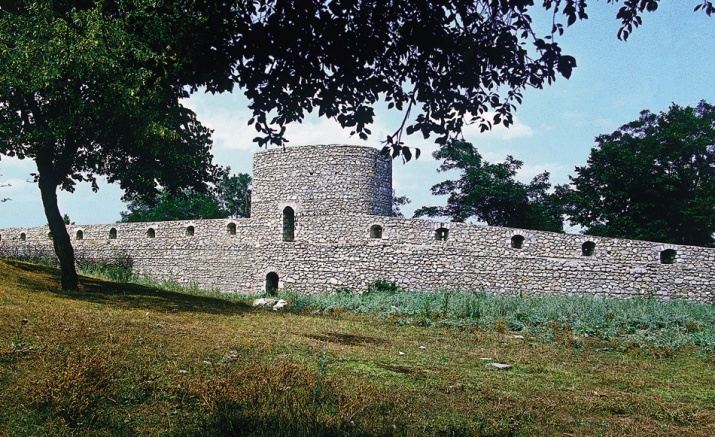
Shusha
Located in the south-west of Azerbaijan, the region of Upper Garabagh comprises the following administrative districts: Aghdam, Fuzuli, Jabrayil, Khojaly, Khojavand, Shusha, Terter and the town of Khankendi. At the moment Khojavand, Khojaly, Shusha and Jabrayil Districts, as well as Khankendi town are completely occupied by the Republic of Armenia, whereas the territories of Aghdam, Fuzuli and Terter Districts are under partial occupation.
More -
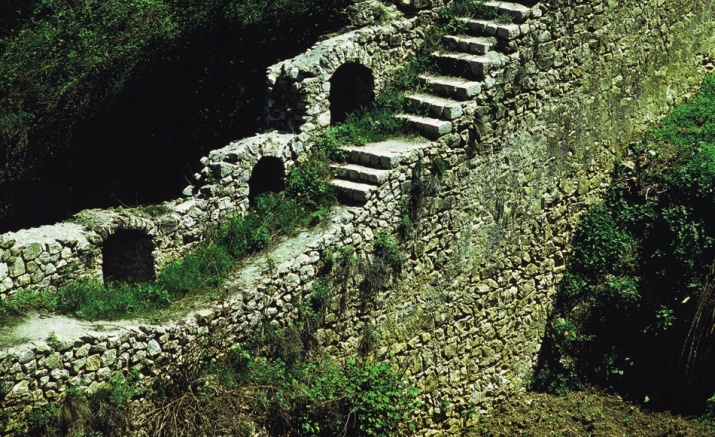
Shusha
Located in the south-west of Azerbaijan, the region of Upper Garabagh comprises the following administrative districts: Aghdam, Fuzuli, Jabrayil, Khojaly, Khojavand, Shusha, Terter and the town of Khankendi. At the moment Khojavand, Khojaly, Shusha and Jabrayil Districts, as well as Khankendi town are completely occupied by the Republic of Armenia, whereas the territories of Aghdam, Fuzuli and Terter Districts are under partial occupation.
More -
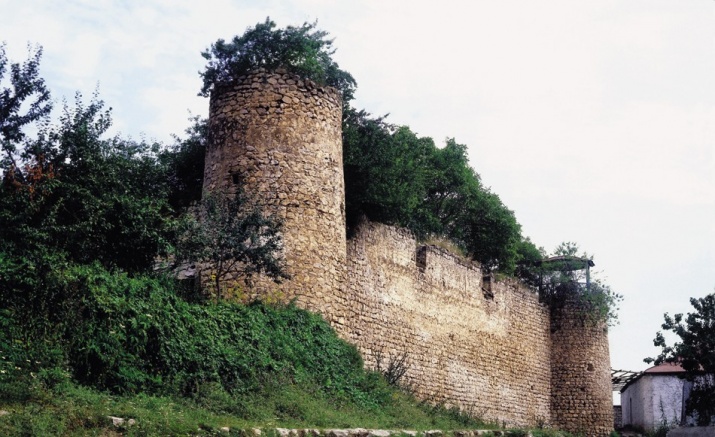
Shusha
Located in the south-west of Azerbaijan, the region of Upper Garabagh comprises the following administrative districts: Aghdam, Fuzuli, Jabrayil, Khojaly, Khojavand, Shusha, Terter and the town of Khankendi. At the moment Khojavand, Khojaly, Shusha and Jabrayil Districts, as well as Khankendi town are completely occupied by the Republic of Armenia, whereas the territories of Aghdam, Fuzuli and Terter Districts are under partial occupation.
More -

Shusha
Located in the south-west of Azerbaijan, the region of Upper Garabagh comprises the following administrative districts: Aghdam, Fuzuli, Jabrayil, Khojaly, Khojavand, Shusha, Terter and the town of Khankendi. At the moment Khojavand, Khojaly, Shusha and Jabrayil Districts, as well as Khankendi town are completely occupied by the Republic of Armenia, whereas the territories of Aghdam, Fuzuli and Terter Districts are under partial occupation.
More -
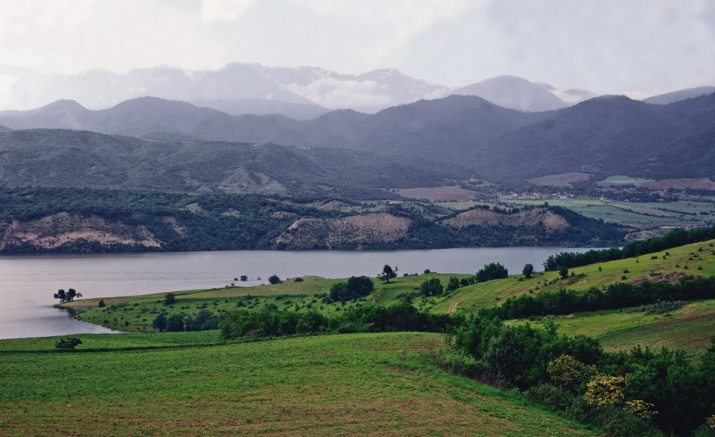
Shusha
Located in the south-west of Azerbaijan, the region of Upper Garabagh comprises the following administrative districts: Aghdam, Fuzuli, Jabrayil, Khojaly, Khojavand, Shusha, Terter and the town of Khankendi. At the moment Khojavand, Khojaly, Shusha and Jabrayil Districts, as well as Khankendi town are completely occupied by the Republic of Armenia, whereas the territories of Aghdam, Fuzuli and Terter Districts are under partial occupation.
More
Shusha
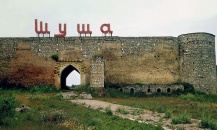
Located in the south-west of Azerbaijan, the region of Upper Garabagh comprises the following administrative districts: Aghdam, Fuzuli, Jabrayil, Khojaly, Khojavand, Shusha, Terter and the town of Khankendi. At the moment Khojavand, Khojaly, Shusha and Jabrayil Districts, as well as Khankendi town are completely occupied by the Republic of Armenia, whereas the territories of Aghdam, Fuzuli and Terter Districts are under partial occupation. Garabagh is one of the most ancient places of human habitation not only in the South Caucasus, but in the whole of Europe. The earliest archaeological culture in the Caucasus and the Middle East named Guruchay (2 million to 700 thousand years ago) was discovered in the cave of Azykh. Excavations in the Lower Paleolithic stratum revealed a jaw of a primeval human being aged 350-400 thousand years. The first find of its kind in the former Soviet Union and the third one in the world, this unique discovery provides clear evidence of the earliest human habitation in the territory of Azerbaijan. Another archeological monument found in Garabagh – Taghlar cave from Early Stone age, was also a settlement for the ancient humans. The Khojaly-Gadabey Archaeological Culture, also located in Garabagh, refers to the period of the 2nd millennium B.C. The whole area was an integral part of the Azerbaijani State of Albania from the 4th century B.C. to the 8th century A.D. Subsequent royal dynasties administering the area in the 8th-12th centuries included the Sajis, the Salaris, the Ravvadis, the Seljuk Empire and the Azerbaijani State of Eldaniz (the Atabeys). During the 13th-15th centuries the area was run by the Elkhanis (the Hulagu), as well as by the states of Garagoyunlu and Akgoyunlu. A part of the Safavi State of Azerbaijan in 1501-1736, the place became a part of the Khanate of Garabagh during the period of 1748-1821. However, pursuant to the Kurakchay Peace treaty of 1805, Garabagh Khanate was incorporated into the Russian Empire. Since the annexation of Northern Azerbaijan by Czarist Russia, large groups of the Armenian population were gradually settled in the newly acquired areas. On June 7, 1923, contrary to the will of the Azerbaijani people, the Armenian settlers previously moved to the area from Iravan and the Ottoman Empire, were granted the autonomy by the Soviet authorities of the day. Thus the Autonomous Region of Nagorno Karabakh (the Mountainous Garabagh) was created. Subsequently, in early 1988, the Armenian population enjoying a majority in the highland areas of Garabagh and instigated by the central Soviet authorities, started a separatist movement with a view to accomplishing secession from the Soviet Socialist Republic of Azerbaijan and incorporation into the Soviet Socialist Republic of Armenia. The tension over this issue consequently evolved into an armed confrontation and hostilities. The military aggression by Armenia against the Republic of Azerbaijan resulted in a full-scale war between the two countries. With substantial millitary support from some countries, Armenia occupied the Upper Garabagh and the seven districts adjacent to it. The town of Shusha located at an altitude of 1400 meters above sea level was known for a number of historic sites and architectural landmarks. Along with the Albanian temples, the Historic and Architectural Reserve of Shusha comprised the Rampart, the residences of Garabagh Khans, the Home Museum of Khurshud-Banu Natavan and the Tomb of Molla Panah Vagif, the Gorge of Dashalty, the caves of Shusha and Hazingala as well as a number of architectural and natural landmarks. A place named Issa Bulaghy located in picturesque forests around Shusha, was among the most popular resorts in Azerbaijan. The occupied historic sites inter alia include two unique landmarks known as Khudafarin Bridges. Located in Jabrayil District, the bridges date back to the 7th and 11th (1027) centuries and consist of 15 arch spans each. For centuries the town of Shusha was a musical shrine of Azerbaijan, widely known and recognized as the regional conservatoire all over the Caucasus. Rich museum collections of the area, nowadays plundered and looted by the Armenian invaders, included unique artifacts of the Azerbaijani cultural heritage, such as works of literature and art, worldwide famous carpets, memorabilia of prominent Azerbaijani personalities, and other valuable materials.
© 2013 Leyla Aliyeva Official Website
All rights reserved. Any cited material must be url-linked to this site.

